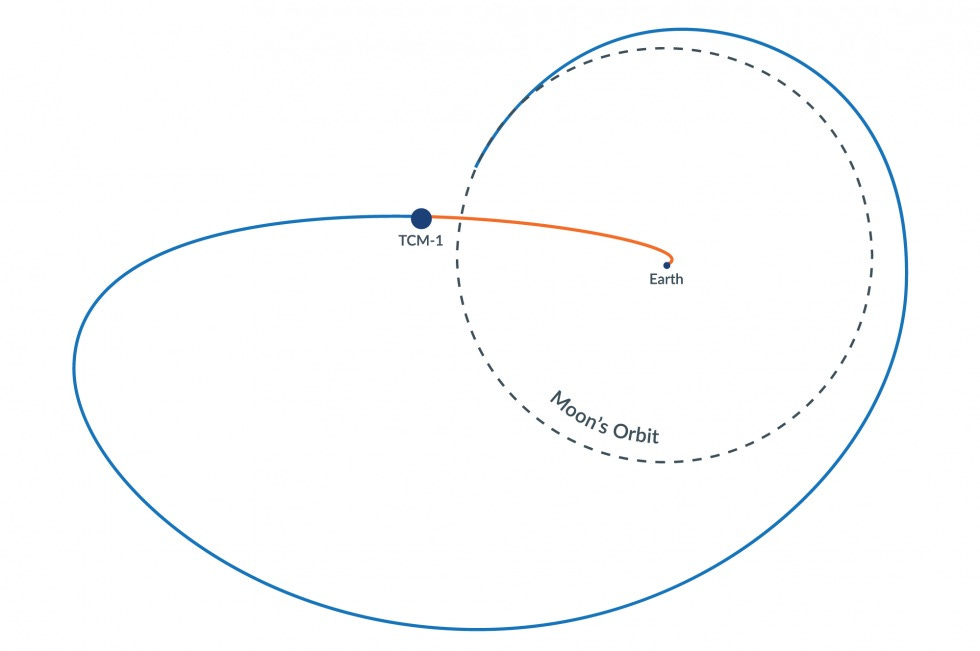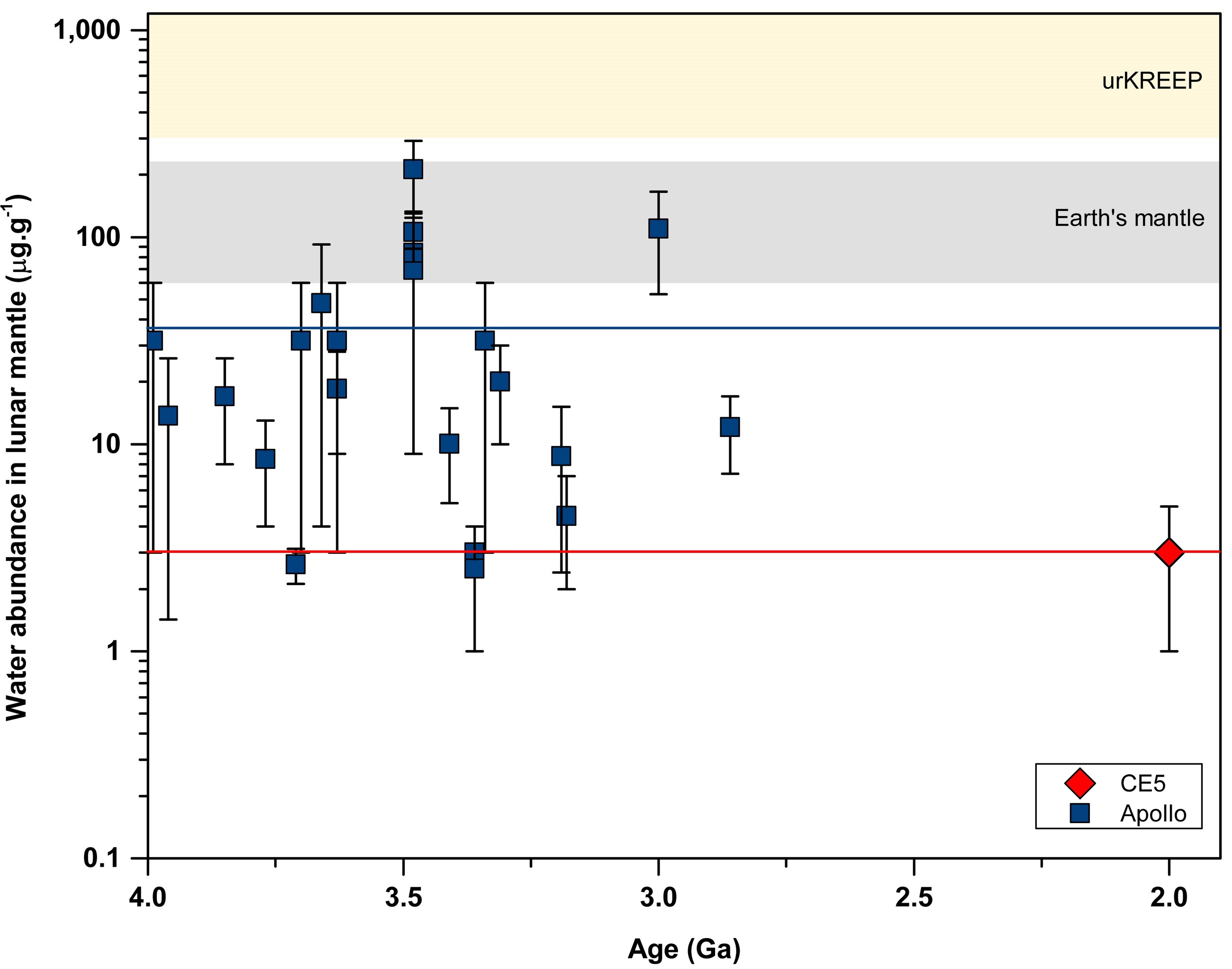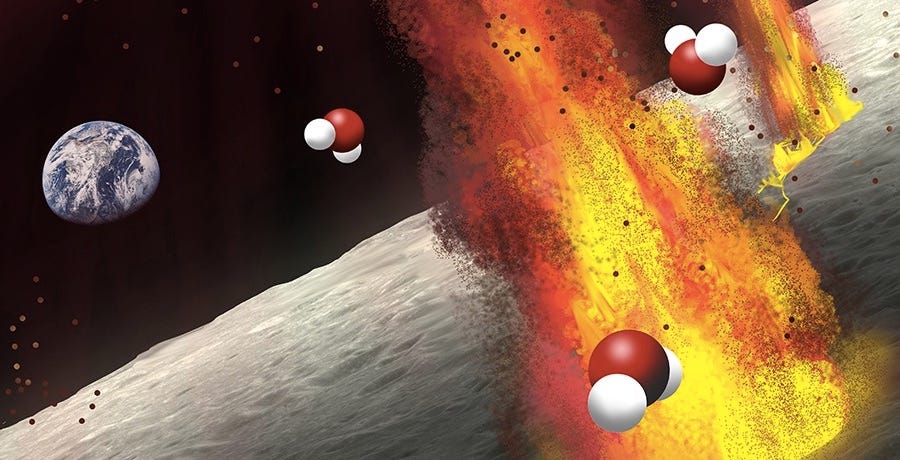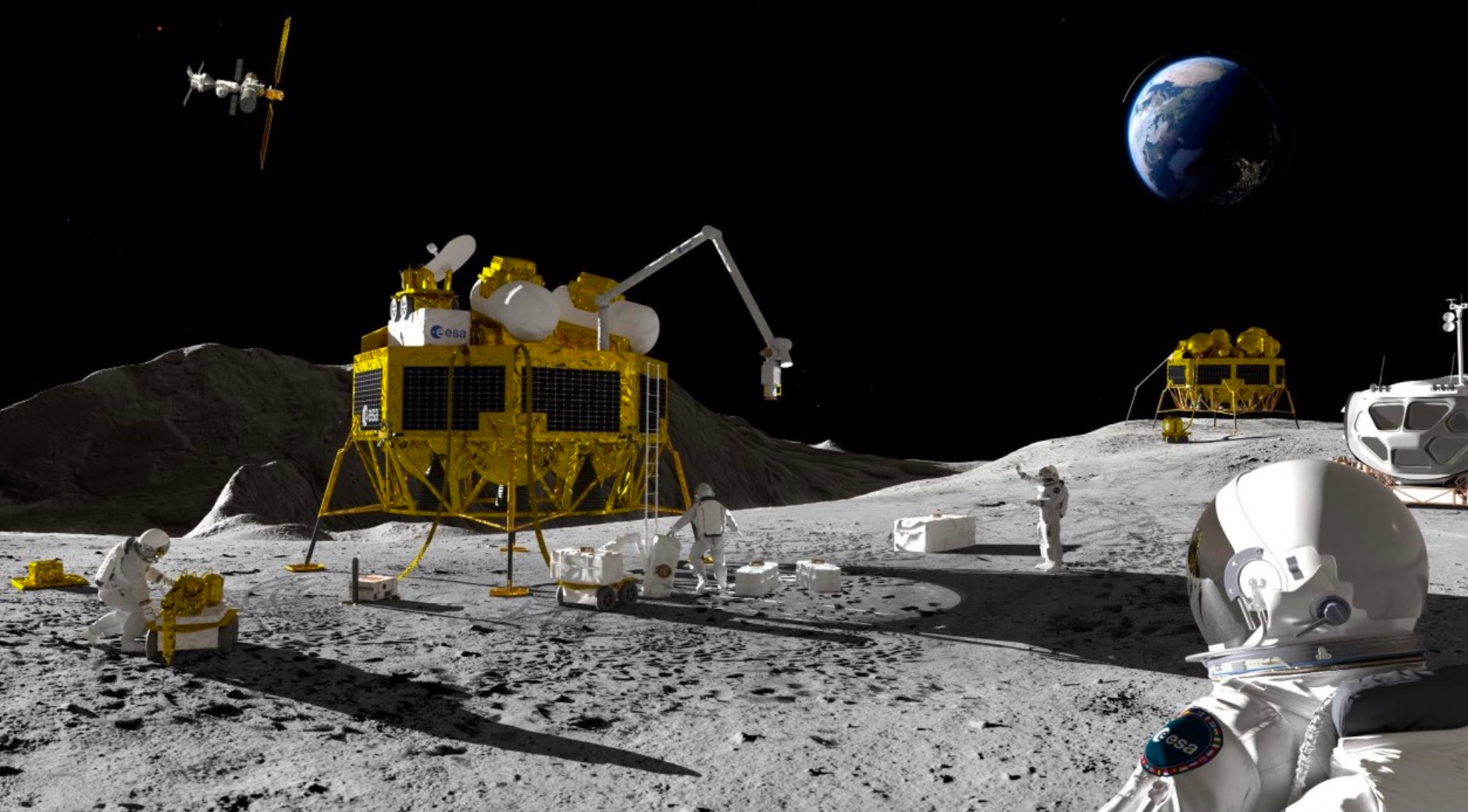Moon Monday #85: CAPSTONE calling, a magmatic Moon mystery, Europe’s lunar leap, and more updates
CAPSTONE continues to the Moon
Shortly after Rocket Lab’s Lunar Photon spacecraft deployed the NASA-funded and Advanced Space-operated CAPSTONE spacecraft on July 4 on a fuel-saving ballistic transfer to the Moon, CAPSTONE failed to communicate with Earth. This happened after the spacecraft had successfully deployed its solar arrays and stabilized. An improperly formatted command sent to the spacecraft during that time stopped the radio from working.
On July 6, CAPSTONE’s autonomous flight software cleared the erroneous command to get the spacecraft talking to Earth again. Soon after, mission operators fully recovered the spacecraft, which during the blackout was self-operational thanks to the aforementioned autonomous system. On July 7, operators sent commands to CAPSTONE to execute its first trajectory correction maneuver—originally scheduled for July 5—to neutralize minor deviations of the craft from its intended orbit. The operation was successful and CAPSTONE remains on track to arch back to the Moon on November 13.

While CAPSTONE wasn’t communicating, Rocket Lab took the opportunity to brag that their Photon spacecraft could itself complete what CAPSTONE intends, that is, enter the fuel-efficient near-rectilinear halo orbit (NRHO) the NASA-led international Gateway station will be in later this decade. Note that Rocket Lab’s briefings on Photon’s own mission before launch and after CAPSTONE’s deployment have been scarce, and intentionally kept obscure in terms of possibilities.
Aside: You can now check CAPSTONE’s progress using the NASA Eyes web-app, which has a simulated 3D view based on real mission data.
The mystery of the Moon’s volcanic water
China’s Chang’e 5 mission, which brought to Earth 1.7 kilograms of lunar samples from near a volcanic dome in December 2020, confirmed that the Moon was volcanically active 2 billion years ago, a recent enough time on geological scales. However, scientists were left wondering at the much lower water content in the samples than expected. The merely 1–5 parts per million (ppm) of water couldn’t have catalyzed and enabled the cooling interior of the Moon to spew out lava long after peak volcanism ended well over a billion years ago at that point. Notably, this water concentration is far drier than in the Moon’s mantle over a billion years prior as derived from Apollo and Luna sample studies, meaning the water was probably lost via volcanic outgassing over those hundreds of millions of years.

The lower water content in the Chang’e 5 samples could be a local anomaly. For example, a spectrometer on the Chang’e 5 lander itself detected water at 180 ppm in a rock at the landing site, something that can’t be solely due to the solar wind. The larger region where Chang’e 5 landed may have higher concentrations of volcanism-aiding elements after all.
Remote sensing observations by India’s Chandrayaan 1 orbiter strongly support even higher water concentrations ranging from 200 to 750 ppm across large swaths of possible ancient volcanic mantle deposits on the Moon’s surface. A new paper published in May analyzing and aggregating results from multiple orbiters and studies finds the erupted water fraction from the early mantle to be at least 667 ppm and possibly much higher. It suggests that volcanism could’ve been a viable source of the water deposits on the Moon’s poles. That’s where the next research results create another dissonance.

In a study published in February 2022, researchers analyzed data of water and other volatiles detected by NASA’s LCROSS spacecraft to determine the likeliness of their source being volcanoes, comets, micrometeorites, the solar wind, or even the Earth’s atmosphere. Volatile ratios suggested that they weren’t due to past volcanic outgassing and thus didn’t come from the Moon’s interior. The most abundant source instead seems to be comets, followed by micrometeorites. A related study published last year supports this result, which found that even temporary atmospheres created during the peak volcanic Moon over 3 billion years ago was likely inefficient in transferring and depositing lots of volatiles to polar permanently shadowed regions.
Okay but why is the exact water fraction in the Moon’s interior so important to know? Other than the many scientific questions it would help answer about the evolution of our Moon and planetary bodies at large, the amount of water in the lunar mantle is critical to knowing the Moon’s origin, and with it Earth’s. If the Moon really formed from the debris of a collision between early Earth and a Mars-sized body 4.5 billion years ago, scientists think the impact’s intense heat makes it unlikely for the Moon to have gotten or retained much water or its constituents while coalescing.
Europe’s leap for the Moon
The European Space Agency (ESA) has publicly released its new exploration vision and strategy document called Terra Novae 2030+. It’s a three-part vision pointing out high-level technology advancements and goals for European decision-makers to target across Earth orbit, the Moon and Mars.
From the European Large Logistics Lander launching post-2030 to support crewed and large robotic explorations, many lunar resource utilization projects starting with the oxygen-extractor demo mission following PROSPECT, a European on the Moon and Gateway, a lunar communications and navigation service with Moonlight, a CLPS-like commercial Moon landing program, and regularly sending science instruments to (yet to be detailed) things like resource prospecting missions by advanced mobile robots, power plants, pressurized rovers, surface habitats, and in-space transportation systems, there’s so much to look forward to!

Many thanks to Epsilon3, Open Lunar Foundation and The Orbital Index for sponsoring this week’s Moon Monday.
More Moon
- Now that NASA’s fully stacked SLS rocket is back at its assembly building, engineers have started preparing it for launching the Artemis I Moon mission in August end (though September is more likely). Last week technicians swapped the computer on the rocket’s second stage used during testing with a flight unit sporting freshly calibrated navigation sensors and updated software. They also activated or charged batteries on several element of the rocket stack, including those on the 10 small spacecraft launching on independent scientific missions via Artemis I.
- The 17th session of the Lunar Surface Science Workshop is today, July 11. The topic is “Defining a Coordinated Lunar Resource Evaluation Campaign” necessary to understand if the Moon’s resources could actually sustain humans. Register for free.
- The Open Lunar Foundation (a Moon Monday sponsor) has opened up its fourth “Fund a Fellow” program, wherein you can donate to enable a cohort to conduct original research related to sustaining future human presence on the Moon. These studies have policy implications right now, such as the two good past program output examples of safety zones and polycentric governance.
- I'll be giving a free virtual talk titled “From Chandrayaan to Artemis” on July 17 as part of the International Moon Day celebrations by Moon Village Association India. Come see me speak instead of write for a change! You can register here, but note that the talk won’t be very technical like Moon Monday since it’s primarily an outreach event.
→ Browse the Blog | About | Donate ♡
